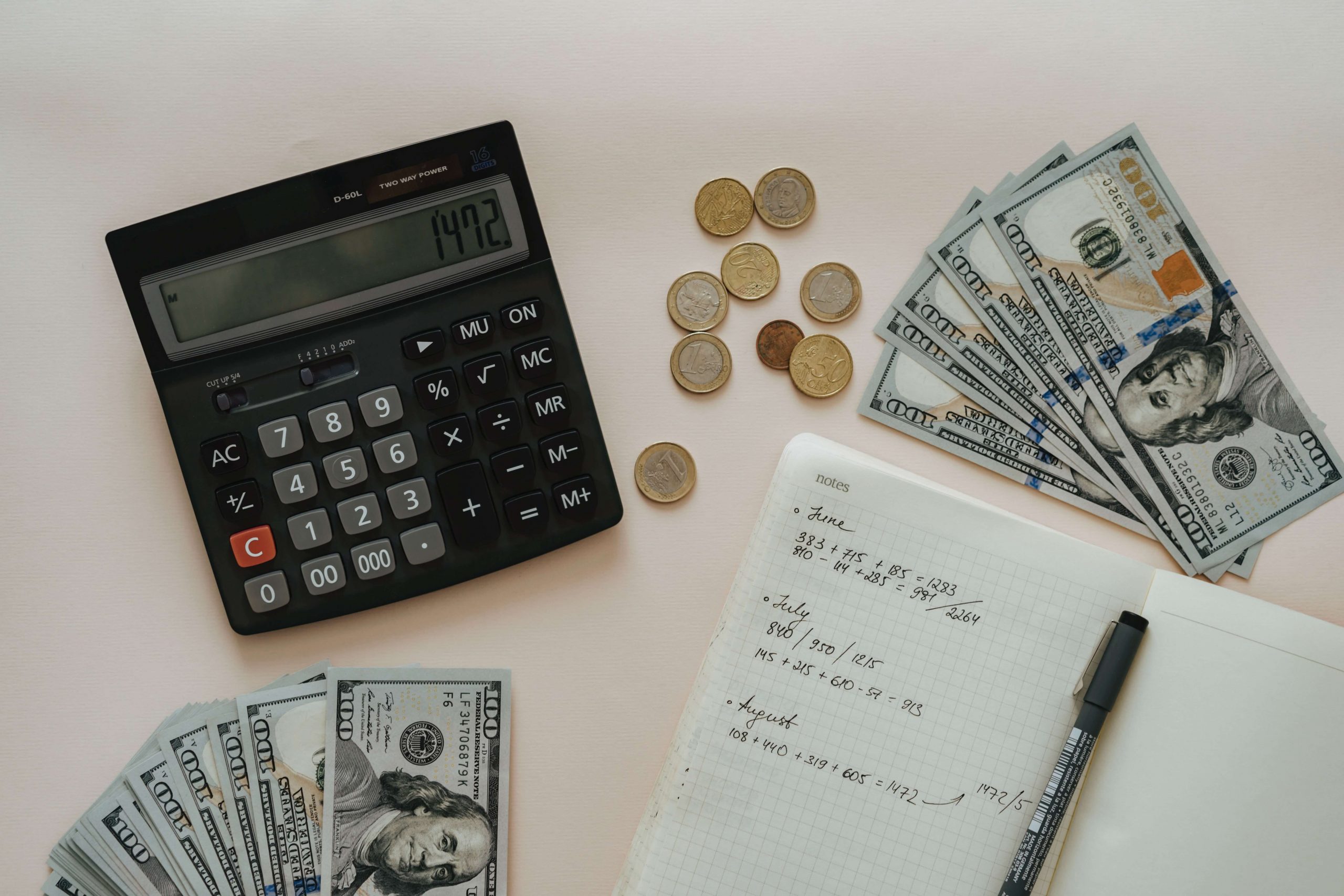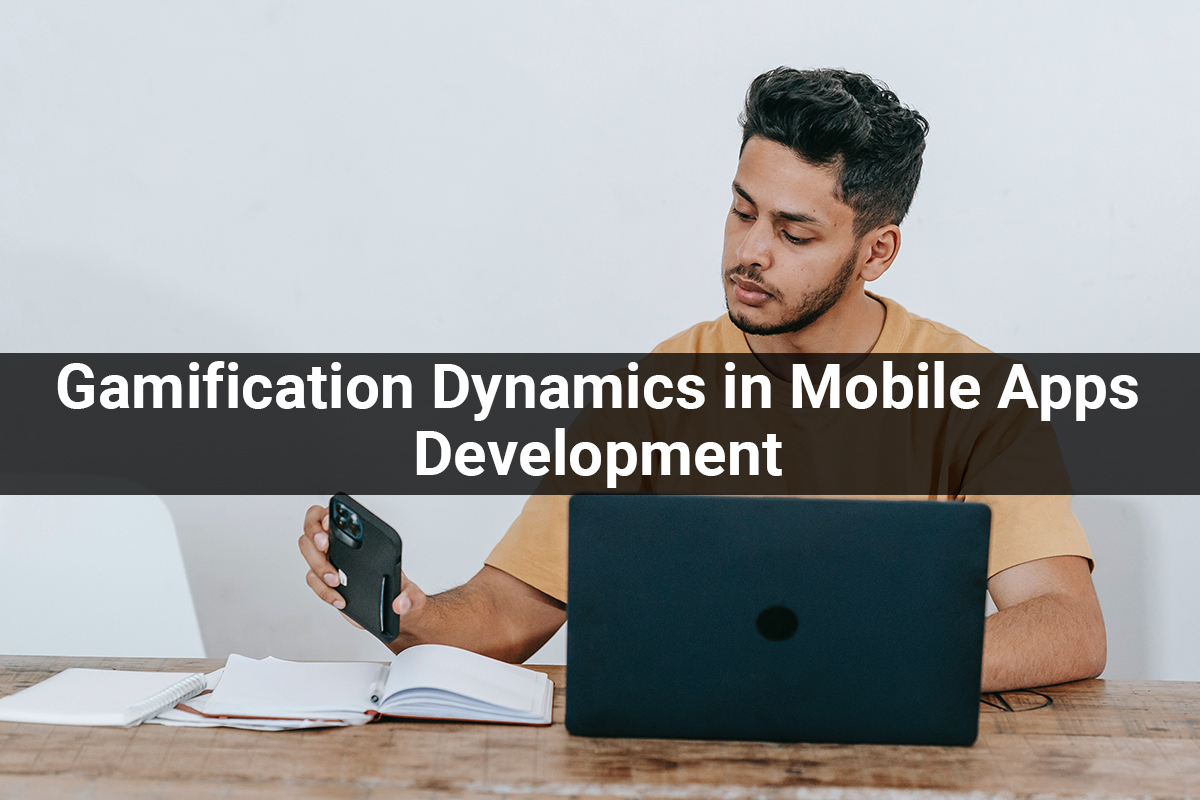Gamification Dynamics in App Development
Gamification in mobile apps is one of the ways to increase user engagement in your mobile app. Reward systems are widely used in games, but the integration of game dynamics games into the mobile app will surely contribute to the user experience and boost user engagement. Well-designed gamification methods contribute to increased revenue for app owners and can be included in your mobile app development sprints. Why do game dynamics work? Gamification in mobile applications meets human desires, for reward, self-expression, achievement, competition, and status.
Gamification elements for mobile apps
Reward
Encouraging people to earn rewards for using your app can be beneficial for both parties. Users are more interested to complete actions if they know that their efforts will be rewarded. Increasing user engagement also brings an additional source of revenue.
Users can make those rewards redeemable right away offers or you can infuse it with a goal and after a certain amount of rewards are bagged the goal gets completed and the user gets some perks. These reward concepts give you an edge over your opponent user and also contribute explosively to the consumer base.
This is a great idea for retaining users — whenever we do something, we like to receive some kind of reward in return. This fact is also applied to mobile app users where people are more motivated if the mobile app offers a prize for completing a certain type of task.

Leaderboards
Our users are naturally competitive beings and leaderboards are a great idea for taking advantage of this. People are competitive souls and being able to see their name on the leaderboard can encourage a person even more to continue. When a leader-board is added it improves the entire experience of the user. Higher the score gives greater motivation.
Another great idea to gamify your app a little bit is providing dashboards for user statistics and leaderboards synchronized with various social media platforms or user’s phone contacts to add their own set of competition in the mobile app. While users can see their daily progress status on dashboards, they are motivated and also share their dashboard on social media platforms.
Badges
No matter how old we are, receiving a medal, a trophy or a badge of honor is a great moment for us. This fact is called recognition and it brings an additional motivation for users to take on the next challenge.
Progress display
Some users can struggle when it comes to reaching their goals, the progress display should be a great motivator for them, while they are working on a fitness application or learning new things. Also, experience point is a similar concept where you can add different stages for users. You can merge these two features with badges or rewards, for example, to enhance the experience even more. Progress display is very important to that user who struggles to achieve their goals.
Whether it was losing weight or gaining weight or learning a new program, progress display is an excellent way to retain users and support them throughout their way.
Virtual goods
Virtual goods resemble rewards but with longer-term value. If you can earn points on a certain mobile application which you can later on use for making a real purchase. Virtual goods are sometimes used as a part of loyalty programs like airline flyer miles which you can later use for Flight tickets or specific upgrades etc.
These are similar to rewards but have longer-term value. Virtual goods are common in some loyalty programs and they involve users earning points that can later be exchanged for some specified goods.
Achievements

Achievements in the direction of desired user engagement can be combined with rewards in gamified mobile apps. They can be small or large depending upon the milestone hit or the goal completed. Depending upon the scale of challenge or goal completed by the user, a reward like digital badges or trophies should be offered in the app apart from value points. This will lead to users killing a greater number of hours on your app chasing those achievements for those badges or trophies that will make their leaderboard decorated.
Features of sharing achievements on social media must also be included in the app because when it comes to achievements, everyone likes to put the word out. You can notify the user of his achievements through push notifications or emails. Rewards can be combined with achievements in gamified mobile apps. While big achievements are rewarded with something special, like digital badges or trophies, unlocking a new level, points, or a new status, small achievements should also be recognized, especially when your user has just started engaging with your app.
Final thoughts
Gamification works best when having a social sharing element which is why mobile is the perfect platform and gamification is among the side-tricks for increasing user engagement, customer satisfaction, sales, loyalty, and user retention. Using a gamified ecosystem in your mobile app can also boost your revenue generation. Most developers use libraries and features offered by Google Game Services, Apple’s Game Center, and Amazon GameCircle, which make it easy to add rewards, value points, virtual trophies, leaderboards, and many more gamification elements to your app.








Leave A Comment
You must be logged in to post a comment.